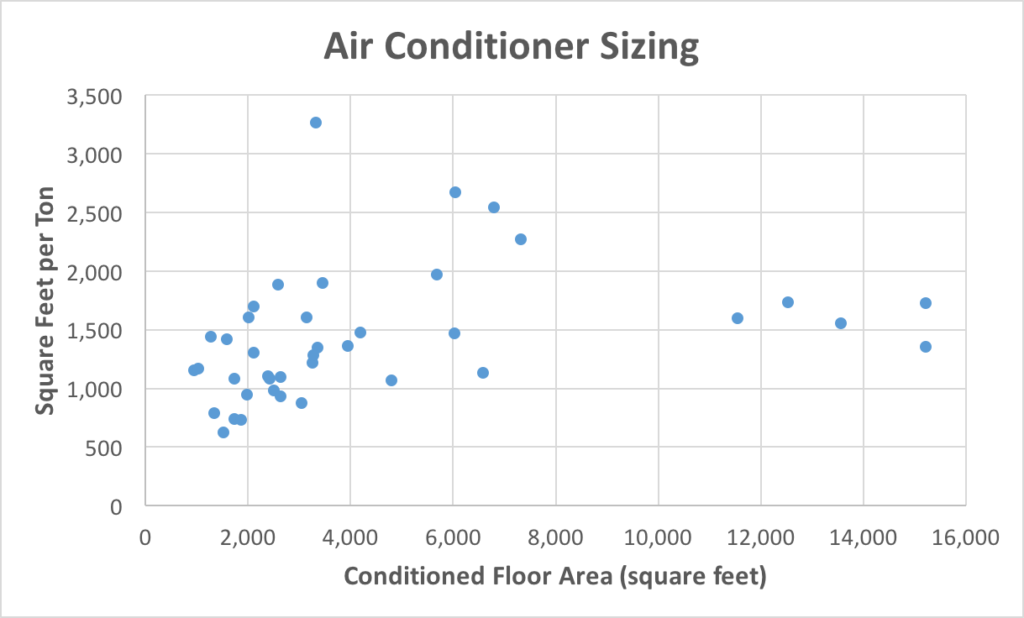Mitchell-DIY-Guy
New Member
Hi all, soliciting some opinions here. I'm having a new home built in TN. Sadly the upcharges from the builder on just about everything are exorbitant, particularly on things they are unfamiliar with. So I'm having to take things I do not want, but resolve to change them.
Despite natural gas at the home site--they have chosen to NOT provide a gas water heater, nor do they provide a gas outlet for a dryer in the laundry room. I'll add the latter myself after I move in.
So the house has a 50g electric water heater included. Nobody should be heating water with electricity if gas is available. So after move in I plan on doing something about it. Here are my two options.
-or-
So, thoughts anyone? Obviously selling a used water heater may take a bit of time, and I don't yet know which might be the best tankless in this operation, hence the questions.
Any thoughts would be appreciated.
Despite natural gas at the home site--they have chosen to NOT provide a gas water heater, nor do they provide a gas outlet for a dryer in the laundry room. I'll add the latter myself after I move in.
So the house has a 50g electric water heater included. Nobody should be heating water with electricity if gas is available. So after move in I plan on doing something about it. Here are my two options.
1. Remove the electric water heater and sell it for salvage or as used, though it will be essentially new. Replace with a 50 gallon gas model with power vent. I can easily do the gas work, the plumbing work, and the vent work. A gas power vent unit runs around $1,000.
-or-
2. KEEP the electric water heater as a storage tank, and use a small gas tankless to feed it. You do not need those large 199,000 BTU tankless models. Don't yet know what these will cost.
So, thoughts anyone? Obviously selling a used water heater may take a bit of time, and I don't yet know which might be the best tankless in this operation, hence the questions.
Any thoughts would be appreciated.

